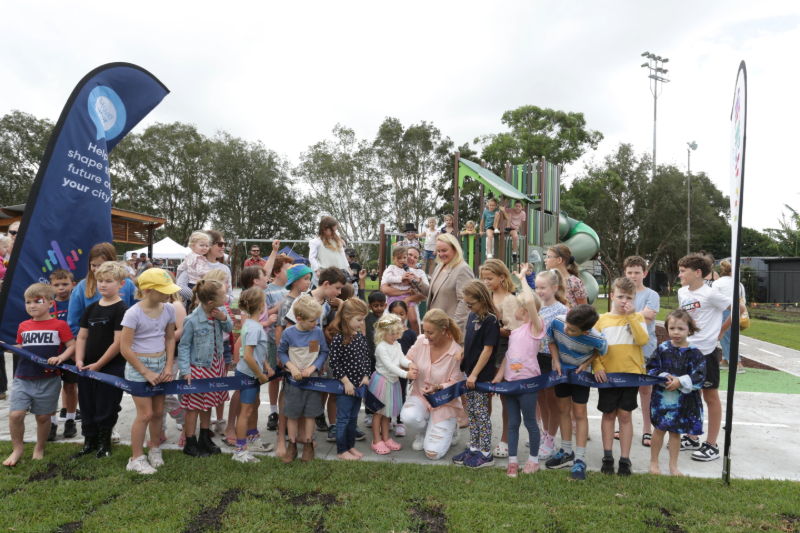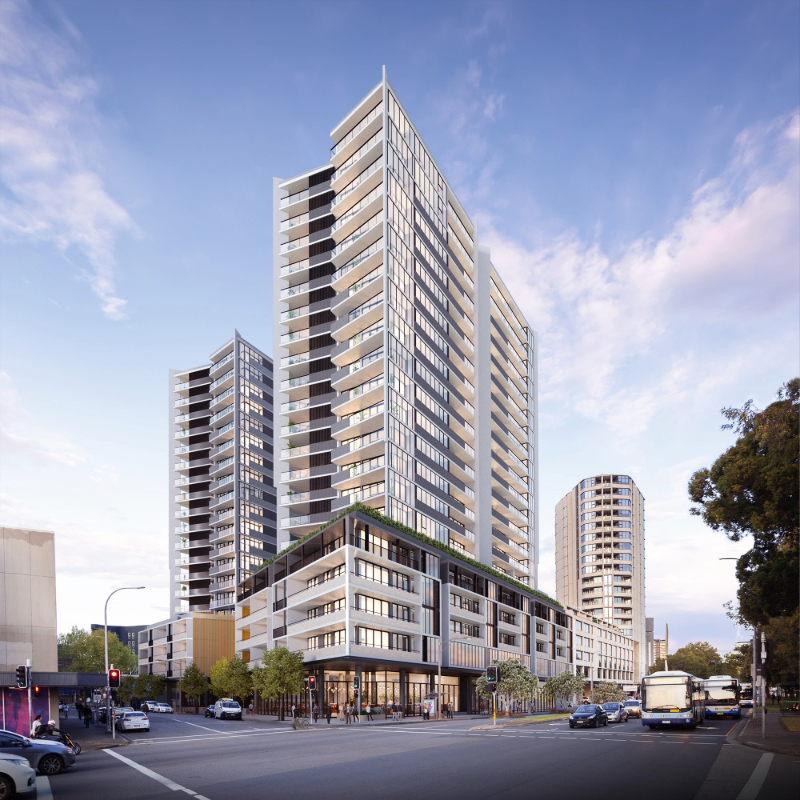The NSW Government is doubling roadside enforcement sites used for mobile speed cameras and unveiling more measures to counter the rising number of deaths on our roads, with actions at state and federal level.
There will be no increase in mobile speed camera enforcement hours, but cameras will be able to be deployed in 2,700 new sites across the state to reduce speeding more widely across the network.
The number of enforcement hours will remain at around 21,000 hours per month across NSW regardless of the new sites where cameras can operate.
The expansion is necessary in response to the increase in fatalities post-COVID. So far in 2024, 109 people have lost their lives on NSW roads – 13 higher than the same point in 2023.
New enforcement sites, which will be scoped over the next 12 months, are the latest road safety measure introduced by the NSW Labor Government, including:
- Removing a loophole to force all motorists driving on a foreign licence to convert to a NSW licence within six months
- The introduction of seatbelt enforcement by existing mobile phone detection cameras commencing on July 1
- The demerit point trial that earlier this month saw 1.1 million drivers get a demerit point wiped from their licence for maintaining a spotless record over 12 months
- Hosting the state’s first road safety forum, bringing together more than 150 local and international experts
The NSW Government today announces the actions that have been taken out of the February Road Safety Forum, with Transport for NSW to immediately begin work on:
- Partnering with up to ten regional councils to fast-track the implementation of safer speed limits, particularly in areas of high pedestrian activity
- A new look road safety communications strategy aimed at, and designed with, young people
- Reviewing up to 35 school precincts across the state for improved safety on key routes to school
- Supporting safer speeds through better lighting, placemaking and streetscape improvements for areas that have, or are introducing, permanent 40kmh and 30kmh speed zones
On Friday, NSW is joining other states at the Road Safety Ministers’ Meeting hosted by the Australian Government in Melbourne.
NSW has joined national and state road agencies in the signing of a formal data-sharing agreement which will help form a clearer picture of road safety across Australia, and inform strategies designed to increase safety.
Data around the causes of crashes, including speeding, fatigue and seatbelt-use, crash locations, speed limits and types of vehicles involved will all be shared to help design initiatives to lower road trauma nation-wide.
The National Road Safety Data Agreement will extend data sharing to state jurisdictions and non-government researchers, meaning the NSW Government will now be able to utilise information from across the country.
Highlighting the importance of using data to develop road safety strategies, Transport will today launch the Towards Zero Collaboration Hub, consolidating road safety information, data access and resources into a single, accessible platform.
The Hub will build road safety knowledge and empower local councils, community organisations and other road safety stakeholders to work together and share strategies to help prevent deaths and serious injuries on our roads.
Following the NSW Road Safety Forum, Transport will also explore ways with Corrective Services to enhance behaviour change programs for high-risk drink and drug driving offenders, and to implement stronger post-crash drug and alcohol testing after serious crashes.
Transport for NSW will also examine the benefits and challenges of using average speed cameras to enforce speeding for light vehicles.
The Towards Zero Collaboration Hub is now live at: collaborationhub.towardszero.nsw.gov.au
Read the outcome summary from the 2024 Road Safety Forum
Minister for Roads John Graham said:
“Reducing the predictability of where roadside cameras are set up was recommended by the NSW Auditor-General.”
“Like all other states around Australia, NSW has experienced an unwelcome rise in road fatalities since the COVID era, and we’re taking action to prevent these tragedies on the road.
“The Road Safety Forum was an extremely valuable opportunity to draw on the expertise and experience of over 150 international and Australian experts and the NSW Government is committed to building upon its recommendations.
“Finalising the National Road Safety Data Sharing Agreement will help form a clearer picture of vital information such as upgrades to roads and driver behaviour trends across Australia, as we work toward lowering road trauma nation-wide.”
Minister for Regional Transport and Roads Jenny Aitchison said:
“The rollout of 2,700 new mobile speed camera enforcement sites across NSW will predominantly occur in regional NSW where 1,650 new sites will be eligible once the scoping period is completed over the coming 12 months.
“This is entirely appropriate considering regional NSW represents a third of the NSW population but two-thirds of deaths on our roads.
“We want the public along for the ride on this and urge anyone with a suggested site in mind where safety would be enhanced by a roadside mobile camera to tell Transport for NSW.
“We can do more to help save lives on our roads in regional NSW – and I’m pleased to announce we are actioning initiatives from the Road Safety Forum immediately.
“We are partnering with up to ten regional councils over the next 18 months to accelerate safer speed reviews in towns, villages and on high-risk routes, which will make our towns and country roads safer.”

 Lord Mayor Nuatali Nelmes and Councillor Peta Winney-Baartz join excited locals to officially open the new Adamstown Park playground.Popular recreational areas at Rawson Park in Stockton and Waratah’s Coolamin Reserve also received new equipment, while Islington Park’s playground was upgraded with new rubber softfall and a fresh coat of colour.
Lord Mayor Nuatali Nelmes and Councillor Peta Winney-Baartz join excited locals to officially open the new Adamstown Park playground.Popular recreational areas at Rawson Park in Stockton and Waratah’s Coolamin Reserve also received new equipment, while Islington Park’s playground was upgraded with new rubber softfall and a fresh coat of colour. A render of One National Park Street, Newcastle West
A render of One National Park Street, Newcastle West